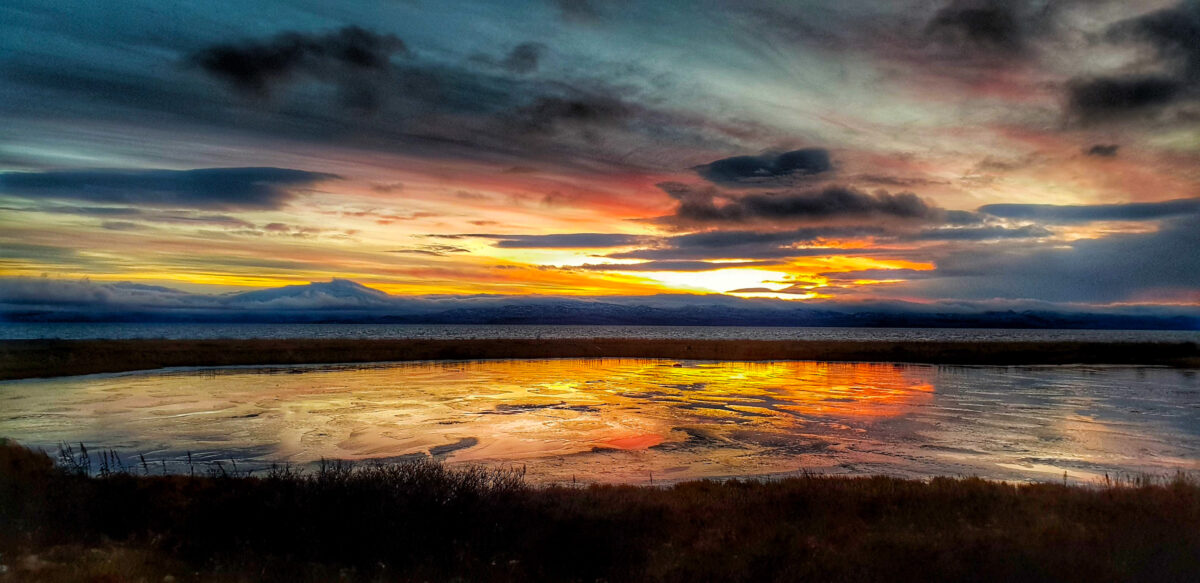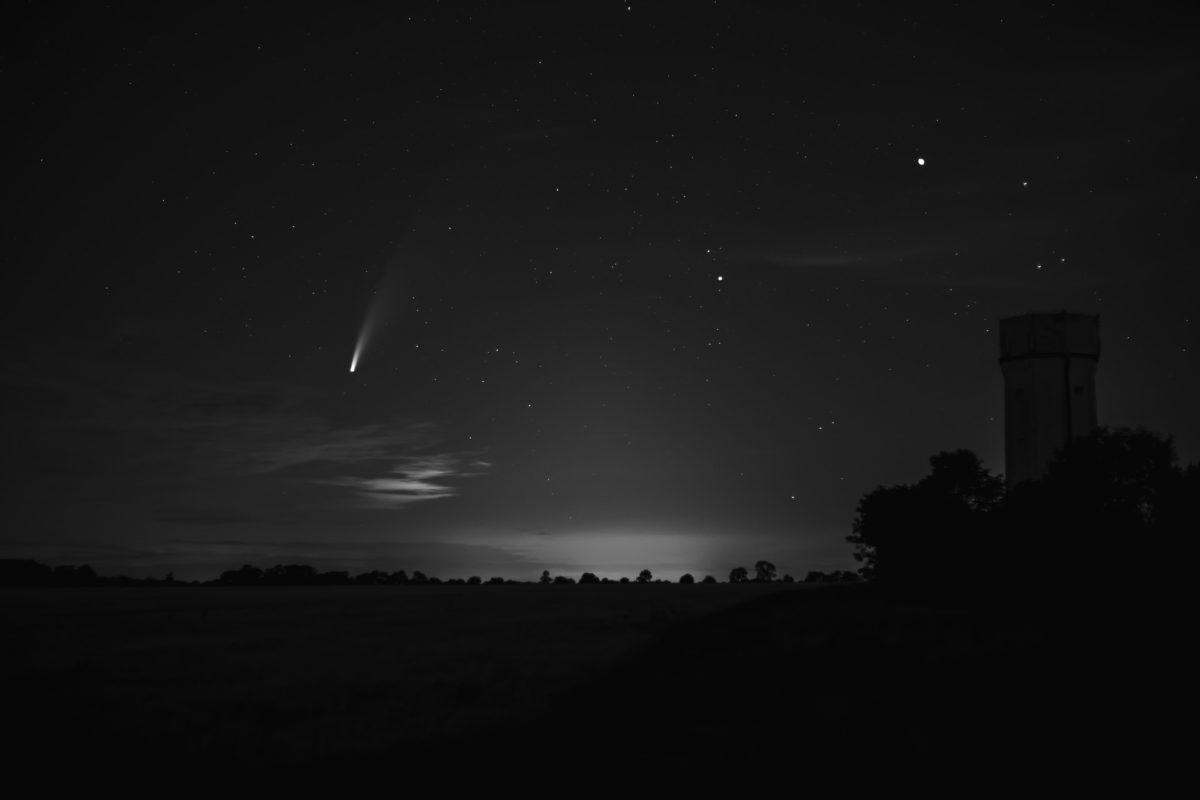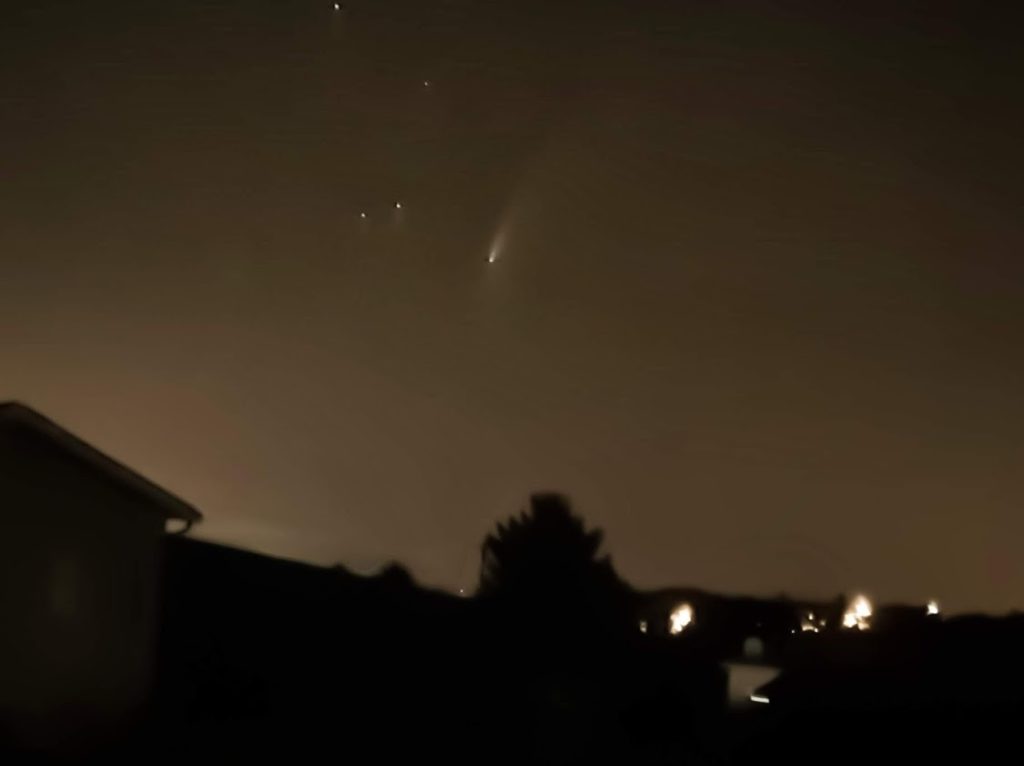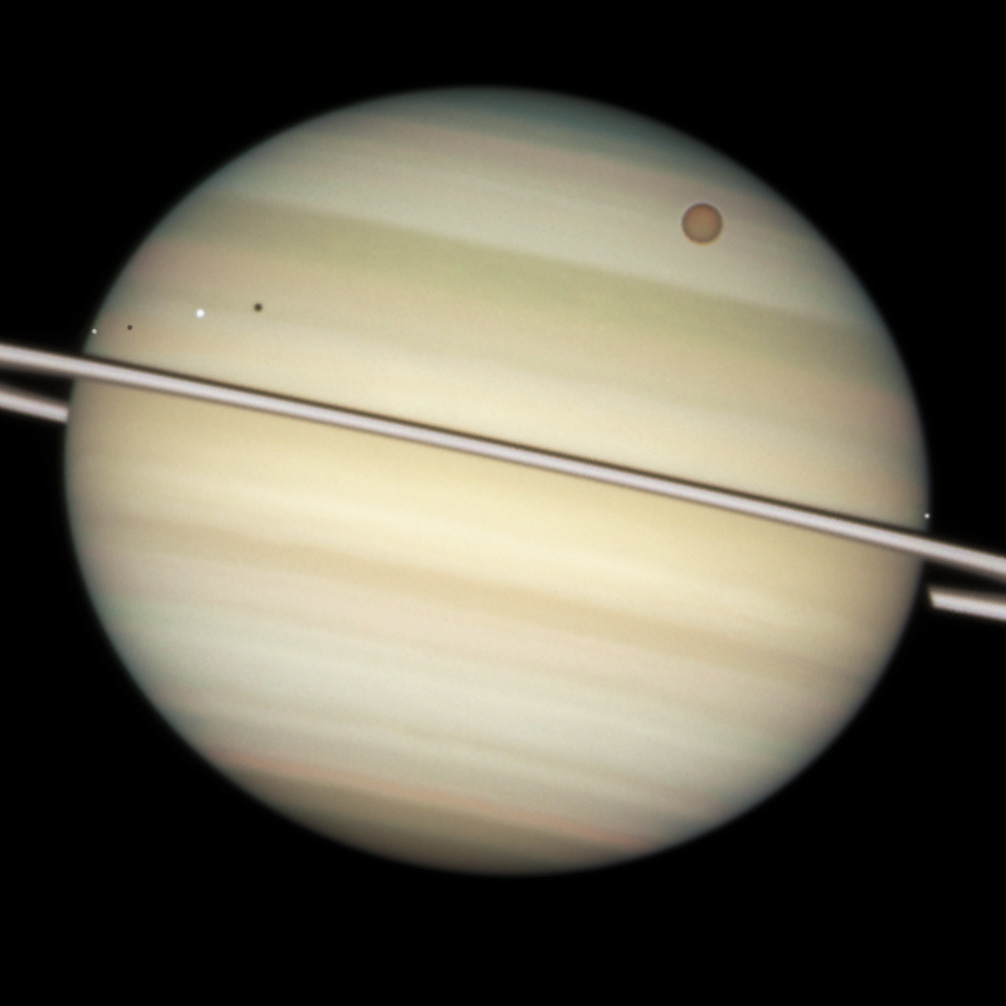You now know why sunsets and sunrises are red (if not, read this article and find out!). But did you know that another beautiful light phenomenon occurs at sunset and sunrise, besides the beautiful reddish skies? It actually occurs opposite of where the Sun is setting or rising, thus opposite of where all the beautiful reddish colors light up the sky! So, next time you have a clear sky, try looking away from the nice sunset, in order to see the anti-twilight arch! But what is this anti-twilight arch?
Let’s explain its name first
The Belt of Venus, which is a stylized name for the anti-twilight arch, is a pink glow above the horizon, right opposite of where the Sun sets/rises. This opposite place of the Sun is actually an imaginary point, which we will call from now on the antisolar point (anti means opposite).
The phenomenon takes place during twilight – thus before sunrise or after sunset respectively. It is represented by a pink glow that surrounds, just like an arch, the horizon opposite of where sunsets and sunrises occur.
So there you have it – the anti-twilight arch!
Concerning the name “Belt of Venus”, contrary of what you might guess, it’s got absolutely nothing to do with the planet Venus, or any of its belts or rings (…which do not exist anyway!). Planet Venus has a smaller orbit around the Sun than Earth does, and this makes Venus visible to our eyes only around sunsets and sunrises, similar to how the antitwilight arch becomes visible at sunset and sunrise. This is the only association that the Belt of Venus might have with the actual planet. The name Belt of Venus is, in fact, inspired from the girdle which was supposedly worn by the goddess Venus and which might resemble the pinkish arch around the antisolar point, at twilight.
So what exactly is this Belt of Venus?
After sunset (or before sunrise), the Sun is below the horizon, relative to an observer on Earth. In the figure below, the observer’s line of sight is represented by the thin grey line and the Sun is below this line of sight, thus below the observer’s horizon. The dotted circle around Earth represents our planet’s atmosphere. Even though the Sun is below the horizon, right after sunset, light rays from the Sun still make way to get to the observer and even further (red arrow), till above the antisolar point, where they get backscattered off Earth’s atmosphere (pink arrow). This region, where the backscattering takes place, has a belt shape, and this belt is nothing else but the antitwilight arch!

What will you, as observer, see? Well, if you look right opposite where the Sun is setting, you will notice, right after sunset, a faint pinkish light, stretching around the antisolar point, like a belt, or arch. As time passes, this pinkish glow will rise. Right underneath it, you will see a darker belt, which is nothing else than Earth’s shadow! As time passes further, the pinkish glow will rise even more, as will our planet’s shadow, until night will take over entirely and it will become pitch black outside.
This effect is sometimes very faint, and in order to get a good view, you will need, first of all, a clear sky. Best is also to have a clear horizon above the antisolar point as well, in order to distinguish this effect as better as possible.
So, now that you know about the antitwilight arch, I dare you to ignore a beautiful sunset and look right opposite! But I promise that if you do, you will get to see another magnificent optical phenomenon, less known, but of equal beauty! Have you already seen the Belt of Venus?
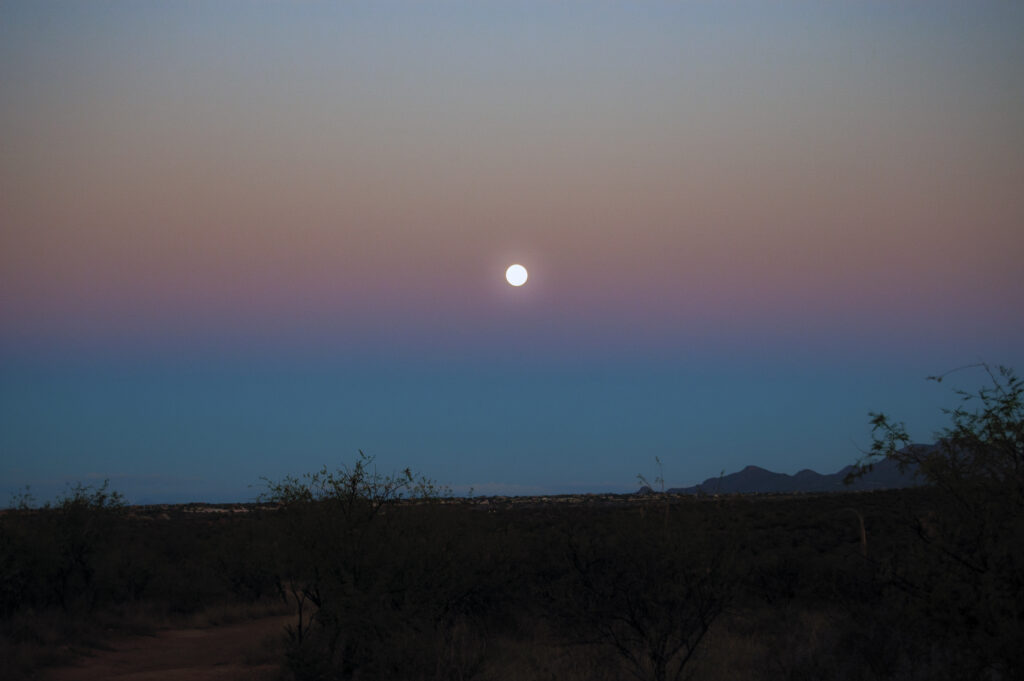
Image credit: Kent Duryee (https://commons.wikimedia.org/wiki/File:Belt-of-venus.jpg), „Belt-of-venus“, https://creativecommons.org/licenses/by/4.0/legalcode


